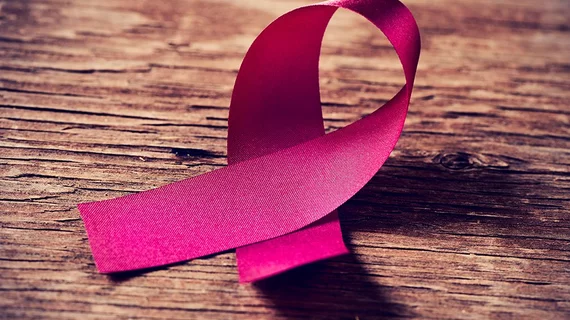Chicago resident Cheryl King noticed a lump in her breast in 2008, and it had grown into a stage 2 tumor by the time she was able to see a physician. A recent Chicago Tribune article found cases like King’s are common, where segregation can negatively impact outcomes.
The report cited a University of Illinois at Urbana-Champaign study that looked at more than 93,600 black women living in big cities, including approximately 14,000 from the Chicago area. It found segregation—defined as living in an area with a predominately black population— significantly increased black women’s rates of late-stage diagnosis and doubled their odds of dying from breast cancer. White women living in majority African-American neighborhoods had similar rates.
David Ansell, MD, senior vice president for community health at Rush University Medical Center in Chicago, agreed, telling the Tribune more healthcare institutions in poor neighborhoods need to be part of the answer.
“It isn’t about race, it’s about who is getting exposed in what neighborhood, and by moving it from a biological problem to a structural problem and tying it to quality of care, we were able to demonstrate improved quality of care,” he said of the Metropolitan Chicago Breast Cancer Task Force’s reduction in disparity rates.
Read the entire story below:

